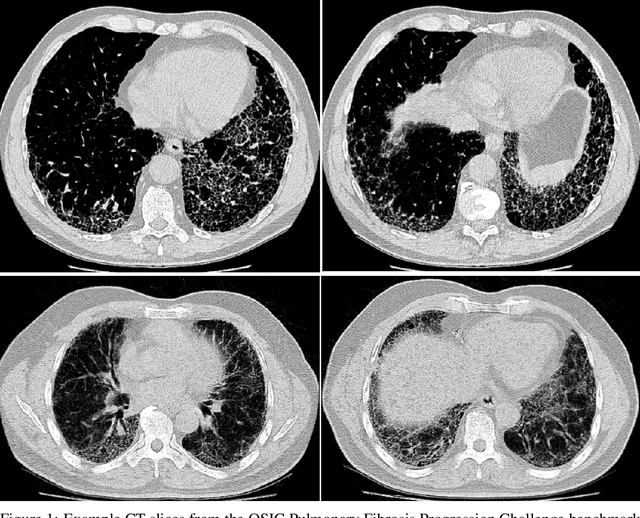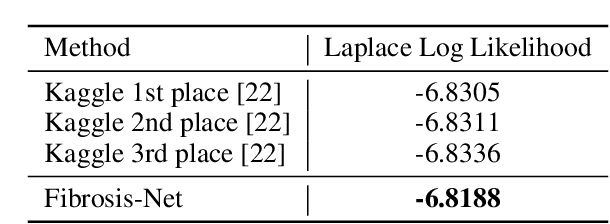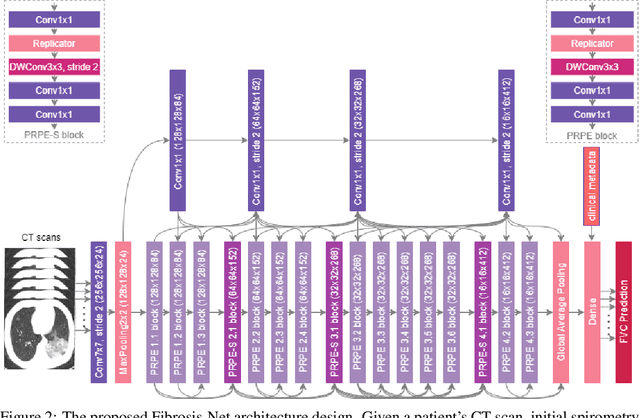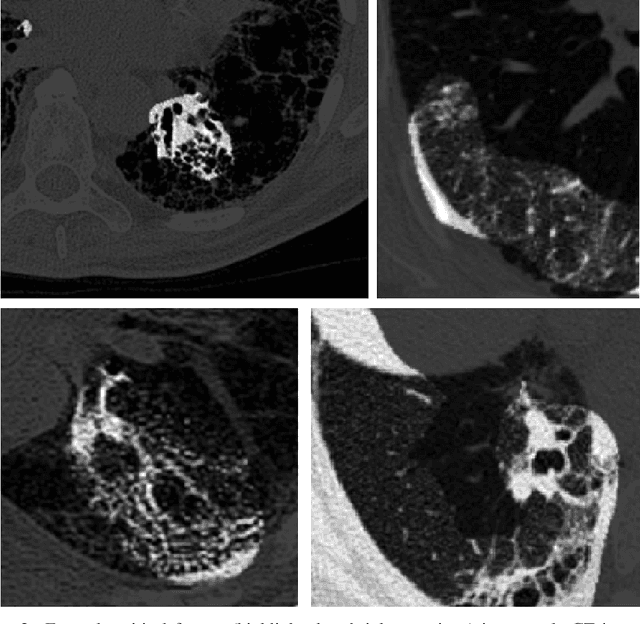Jack Lu
ProCreate, Don't Reproduce! Propulsive Energy Diffusion for Creative Generation
Aug 06, 2024Abstract:In this paper, we propose ProCreate, a simple and easy-to-implement method to improve sample diversity and creativity of diffusion-based image generative models and to prevent training data reproduction. ProCreate operates on a set of reference images and actively propels the generated image embedding away from the reference embeddings during the generation process. We propose FSCG-8 (Few-Shot Creative Generation 8), a few-shot creative generation dataset on eight different categories -- encompassing different concepts, styles, and settings -- in which ProCreate achieves the highest sample diversity and fidelity. Furthermore, we show that ProCreate is effective at preventing replicating training data in a large-scale evaluation using training text prompts. Code and FSCG-8 are available at https://github.com/Agentic-Learning-AI-Lab/procreate-diffusion-public. The project page is available at https://procreate-diffusion.github.io.
Fibrosis-Net: A Tailored Deep Convolutional Neural Network Design for Prediction of Pulmonary Fibrosis Progression from Chest CT Images
Mar 06, 2021



Abstract:Pulmonary fibrosis is a devastating chronic lung disease that causes irreparable lung tissue scarring and damage, resulting in progressive loss in lung capacity and has no known cure. A critical step in the treatment and management of pulmonary fibrosis is the assessment of lung function decline, with computed tomography (CT) imaging being a particularly effective method for determining the extent of lung damage caused by pulmonary fibrosis. Motivated by this, we introduce Fibrosis-Net, a deep convolutional neural network design tailored for the prediction of pulmonary fibrosis progression from chest CT images. More specifically, machine-driven design exploration was leveraged to determine a strong architectural design for CT lung analysis, upon which we build a customized network design tailored for predicting forced vital capacity (FVC) based on a patient's CT scan, initial spirometry measurement, and clinical metadata. Finally, we leverage an explainability-driven performance validation strategy to study the decision-making behaviour of Fibrosis-Net as to verify that predictions are based on relevant visual indicators in CT images. Experiments using the OSIC Pulmonary Fibrosis Progression Challenge benchmark dataset showed that the proposed Fibrosis-Net is able to achieve a significantly higher modified Laplace Log Likelihood score than the winning solutions on the challenge leaderboard. Furthermore, explainability-driven performance validation demonstrated that the proposed Fibrosis-Net exhibits correct decision-making behaviour by leveraging clinically-relevant visual indicators in CT images when making predictions on pulmonary fibrosis progress. While Fibrosis-Net is not yet a production-ready clinical assessment solution, we hope that releasing the model in open source manner will encourage researchers, clinicians, and citizen data scientists alike to leverage and build upon it.
 Add to Chrome
Add to Chrome Add to Firefox
Add to Firefox Add to Edge
Add to Edge